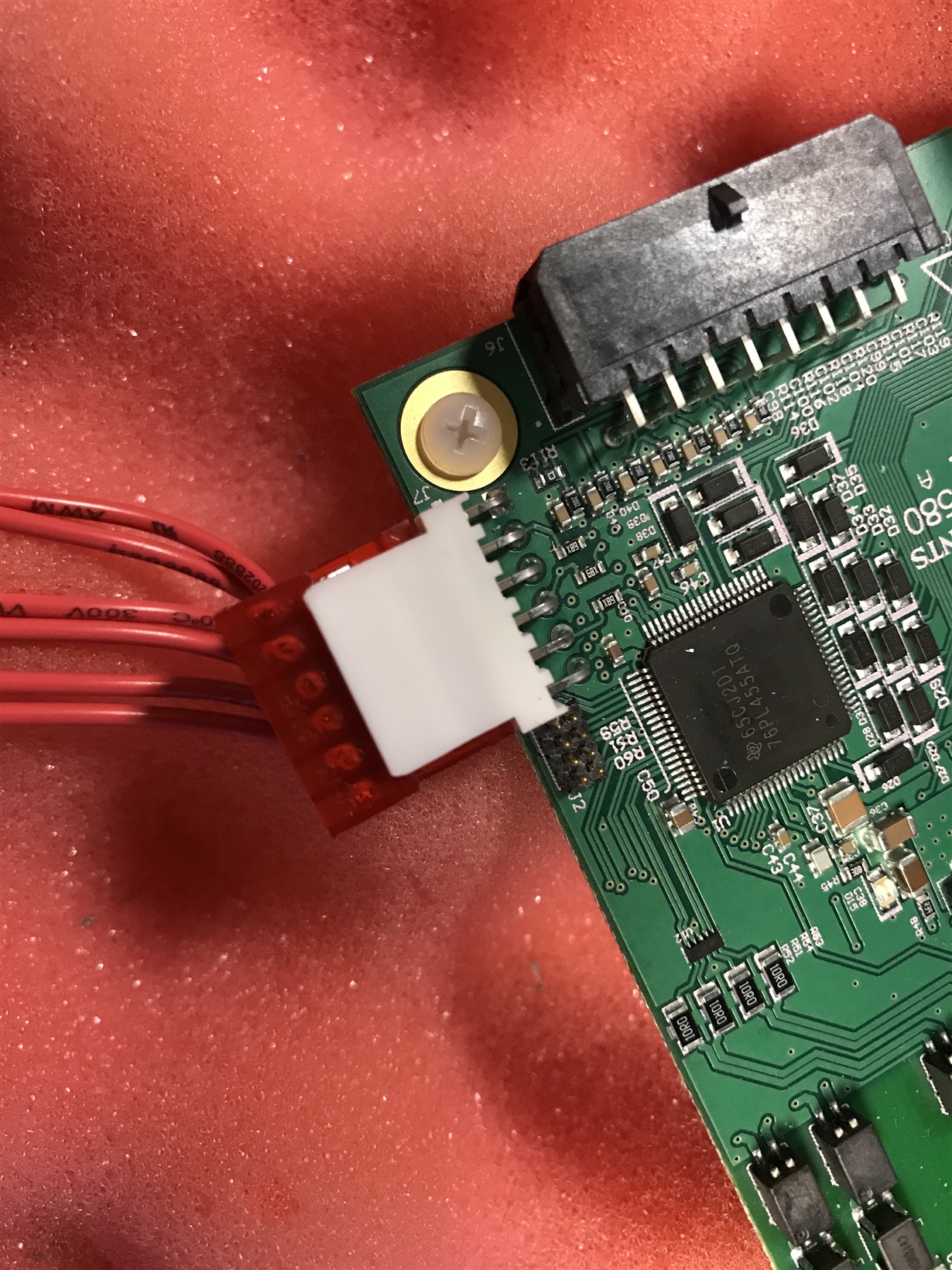Other Parts Discussed in Thread: BQ76PL455EVM, LAUNCHXL-TMS57004, BQ34Z100EVM, BQ76PL455A-Q1, BQ34Z100, BQ76PL455A
I have wired the EM1402EVM to the TMS570 as described in the TMS570 Active Cell-Balancing Battery-Management Design Guide. I am using NCR18650B batteries. I have wired 16 cells to the appropriate connector, and 4 cells to the 12V connection as recommended in previous E2E forums.
I am getting response back on the GUI, but the board will not balance the cells. When I begin balancing, cells 14 and 16 will invert relative to each other, for example if cell 16 is at 3.8V and 14 at 3.6V, it will show them switch and overshoot, showing that cell 14 is at 3.85V and 16 at 3.55V.
In addition, the voltage readout of cells 14, 15 and 16 are incorrect. The readouts for all other cells are accurate.
This problem has spanned two different EM1402EVM modules and two different TMS570 boards, in all configurations. This occurs without making any changes to the software on Code Composer, including a fresh install and driver downloads on a different computer.
Please let me know how I may be able to address this issue.
Thank you.



